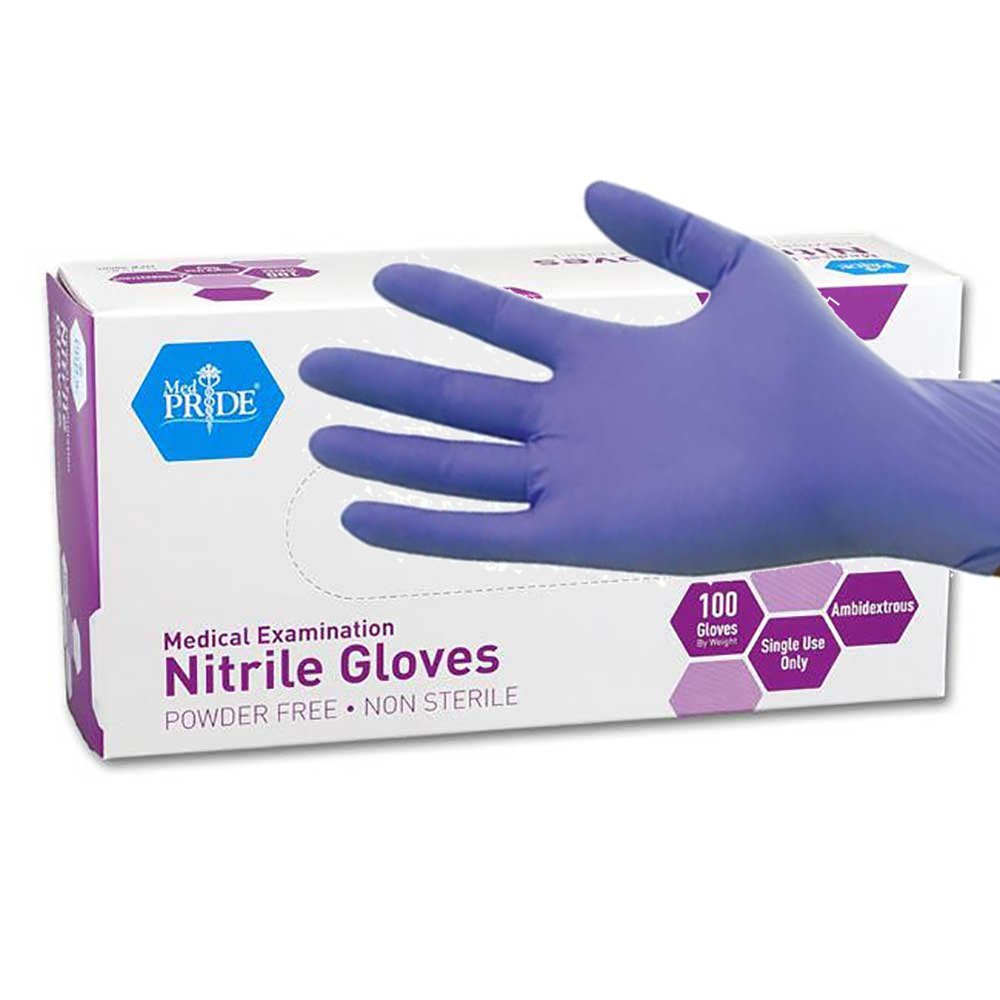How To Grow Carnivorous Plants - Supplies For Growing Carnivorous Plants
In this section of the page, you will learn about products we personally use in our collections in order to keep our plants healthy and grow them well.
Substrate For Carnivorous Plants
For Drosera, I use long fibered sphagnum moss as a growing medium. It is MUCH CLEANER than peat and is easier for transplanting. I recently made this switch and I highly recommend it to everyone growing Drosera. Peat and sand work well for those who like that. I prefer to use 100% long fibered sphagnum moss as of now. I will link the EXACT PRODUCT I use below for growing my plants these days. You know, another nice thing is that long fibered sphagnum moss smells a lot better than peat too. For the type of sand, you will be better off using pure quartz sand. River sand or sandbox sand often contains a lot of impurities that can harm your carnivorous plants.
I have a variety of formulae for creating substrates for my plants. These are some recipes for mixtures I have used during my years of growing carnivorous plants. FOR DROSERA: Peat/Sand 50/50, Peat/Sand 30/70, Long fibered sphagnum moss 100/0, Long fibered sphagnum moss/Sand 70/30. FOR MEXICAN PINGUICULA: Peat/Sand 10/90, Peat/Sand 20/80, Waterbeads 100/0, Long fibered sphagnum moss 100/0.
Containers for Carnivorous Plants
What about pots? Well, I use a variety of different types of plastic containers for growing my plants. I find that 3-inch pots work well for most Pinguicula plants. But you should use 6-inch pots for P. gigantea so it can grow the long roots and get as big as it possibly can. All Drosera should be grown in 6-inch or deeper pots, they really love to develop long root systems.
I have also used clay pots without any issues. I once had a small colelction of Sarracenia plants that loved to grow in a large 12-inch glazed container. The glaze was only on the outside, however, anything that may have leeched from the clay did not harm the plants. Despite this, I prefer plastic pots since they are lightweight and easy-to-clean.
Feeding Carnivorous Plants
For fertilizer and feeding, I use a variety of products. Maxsea works best for Pinguicula, but Drosera prefer something more traditional. I give my Drosera freeze dried bloodworms. You can buy Maxsea here and the same bloodworms I use here.
To apply Maxsea, you will need a spray bottle like the one pictured here. You may buy the exact one I use here. Fill the bottle with distilled water and at 1/8th of a teaspoon of Maxsea to the water. It should turn a light-yellow color when it is mixed well enough. This dosage it higher than they recommend, but it works great for Pinguicula!
For feeding Drosera, I crush the bloodworms in a mortar and pestle. I put the bloodworms into it with a few drops of distilled water. I then pulverize the bloodworms until they form into a dark brown paste. I then use a toothpick to put small dabs of the past onto the dew-covered tentacles of the Drosera.
Watering Carnivorous Plants
Many new growers are often surprised when they find out that carnivorous plants often need special water. Tap water often contains too many minerals or salts for Drosera and Venus Flytraps. I find species from those two genuses to be the most sensitive to water. In my experience, Sarracenia and Pinguicula plants seem to be able to handle tap water just fine. When I lived in Chicago I watered my plants with tap water and they were okay. Nowadays I even have some plants that are watered with well water that has 300-400+ ppm depending on the day.
If you don't have easy access to purchasing distilled or reverse osmosis water, fear not. You can easily buy your own units so you can make your own water for your carnivorous plants.
Reverse osmosis will take away most of the salts and minerals from the water. This is one way to create water for your plants, however, you will use A LOT of water to do this. If you have city water, this option may noticeably increase your water bill. I recommend distillation for its efficiency and ability to use considerably less water than reverse osmosis. A good distiller will also result in more pure water than an RO unit.
Concluding The Discussion On Carnivorous Plants Supplies
What you decide to use will depend entirely upon your needs and preferences. I will continue to update and revise this guide as time permits. I hope the summary of growing advice I have listed here has been useful to you. As always, you are free to contact us via the contact page should you have any questions about growing carnivorous plants. I have also listed some of the products below that I personally use for taking care of my collection as well.
Carnivorous Plants Supplies Links
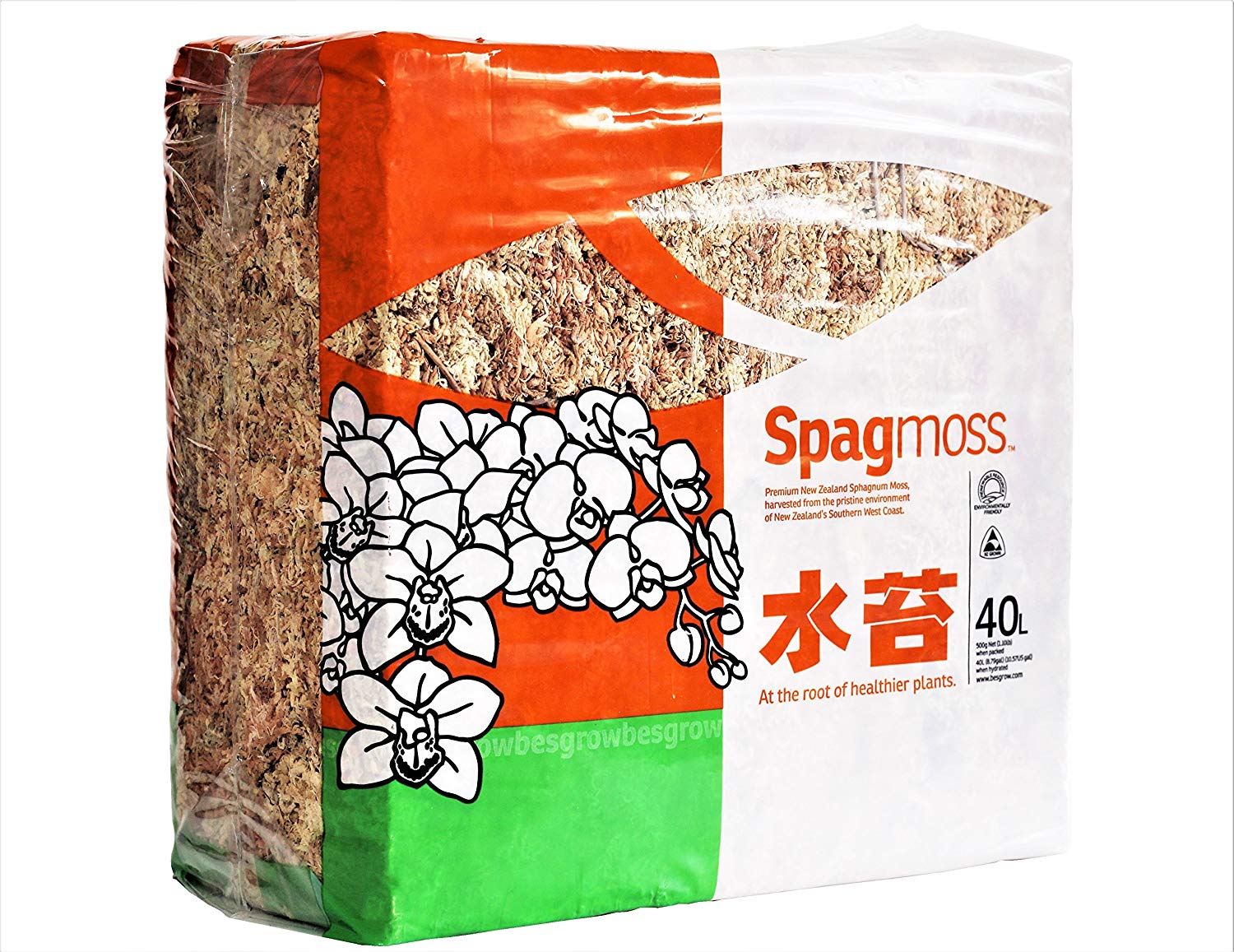
Sphagnum Moss
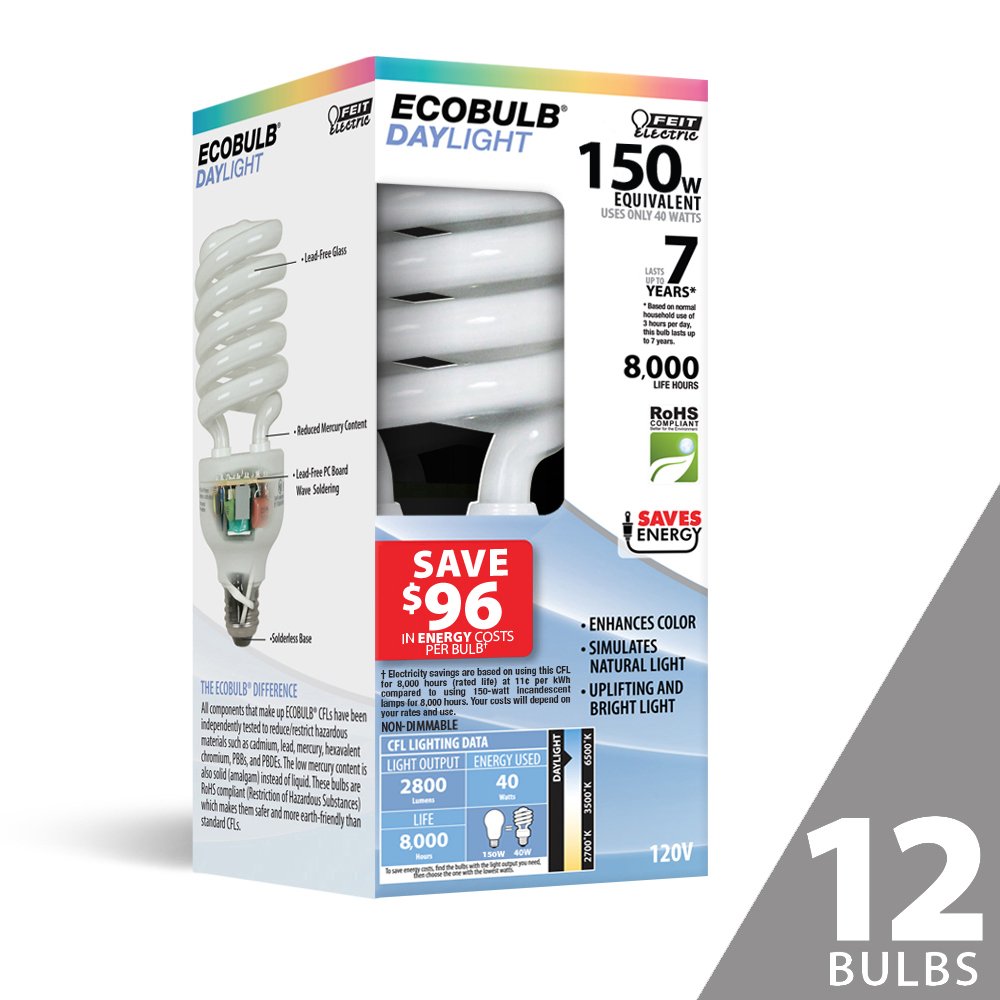
Feit CFL Bulbs - 12pk 6500k
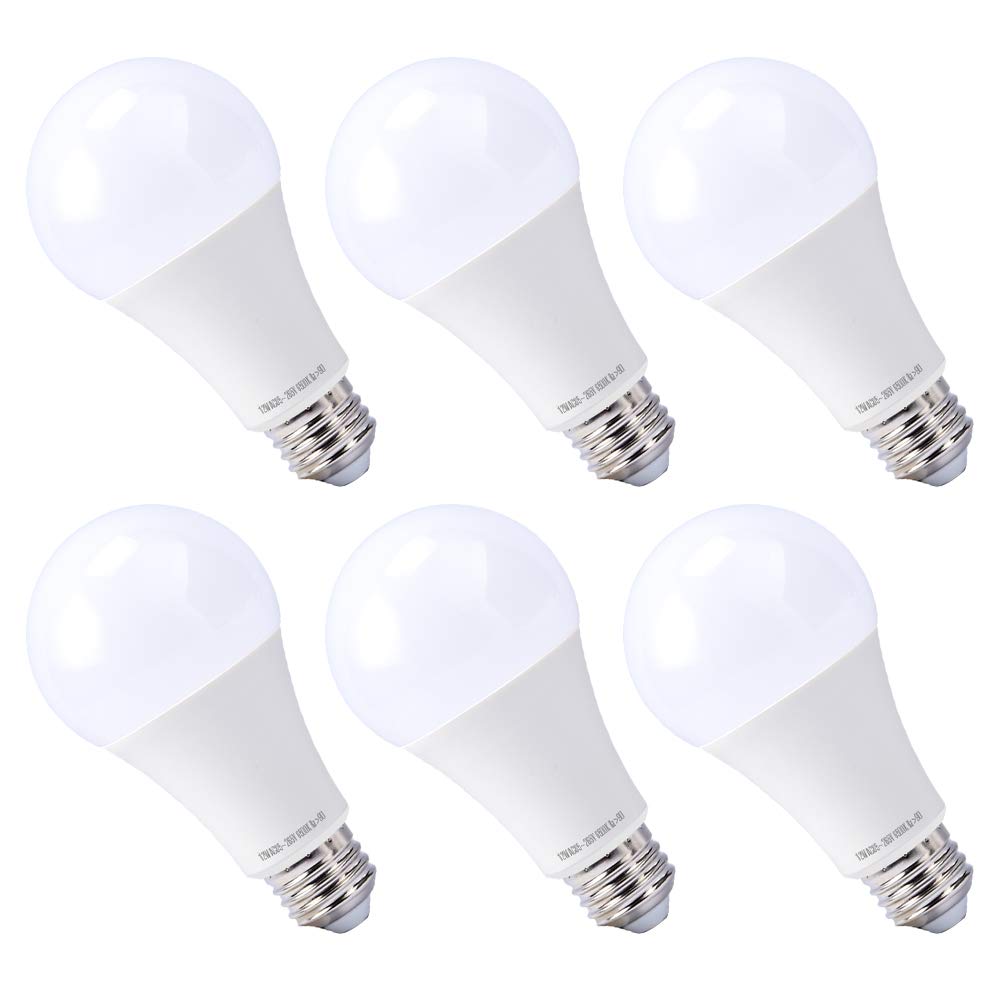
LED Bulbs 100w equivalent 6500k

TDS Meter
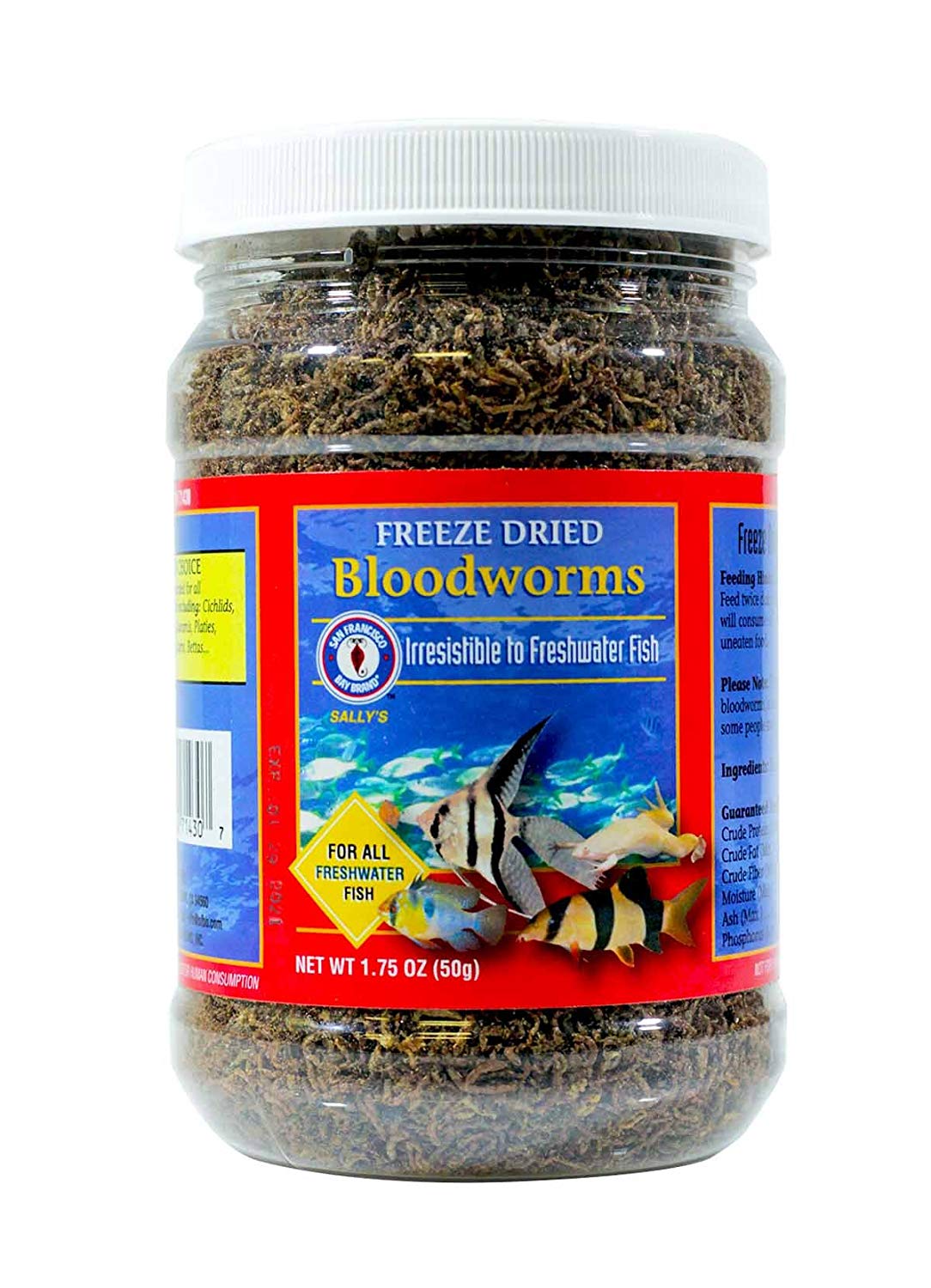
Freeze-Dried Bloodworms
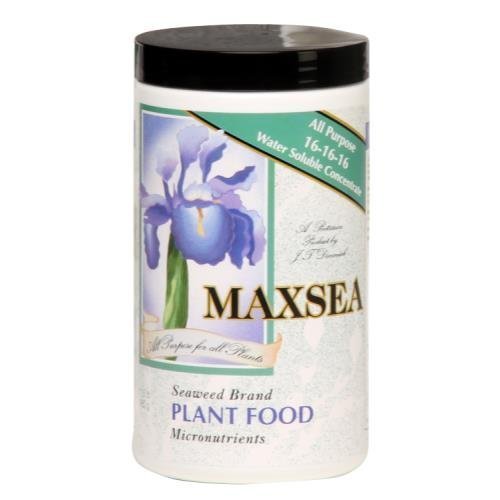
Maxsea 16-16-16 Plant Food
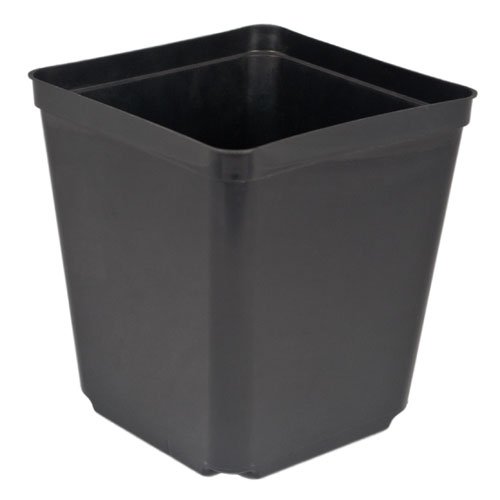
Plastic Nursery Pots
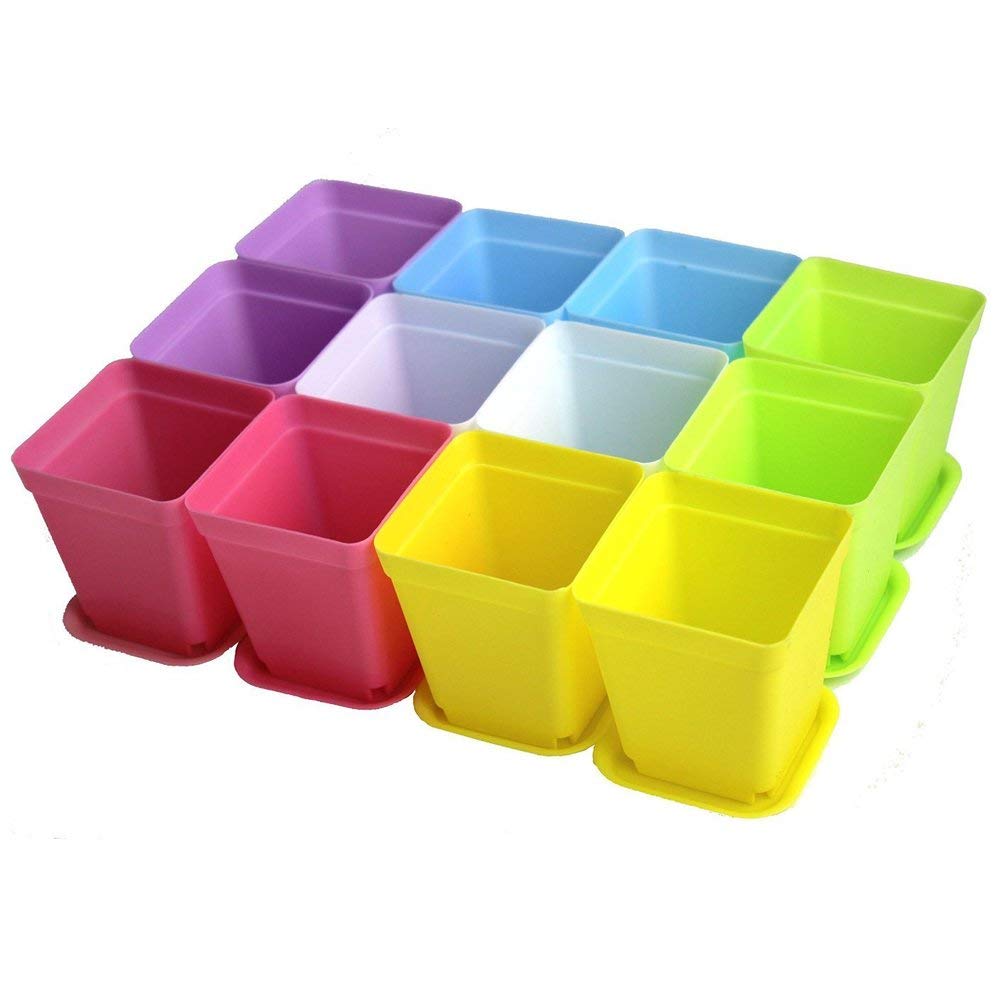
Colorful Plastic Nursery Pots
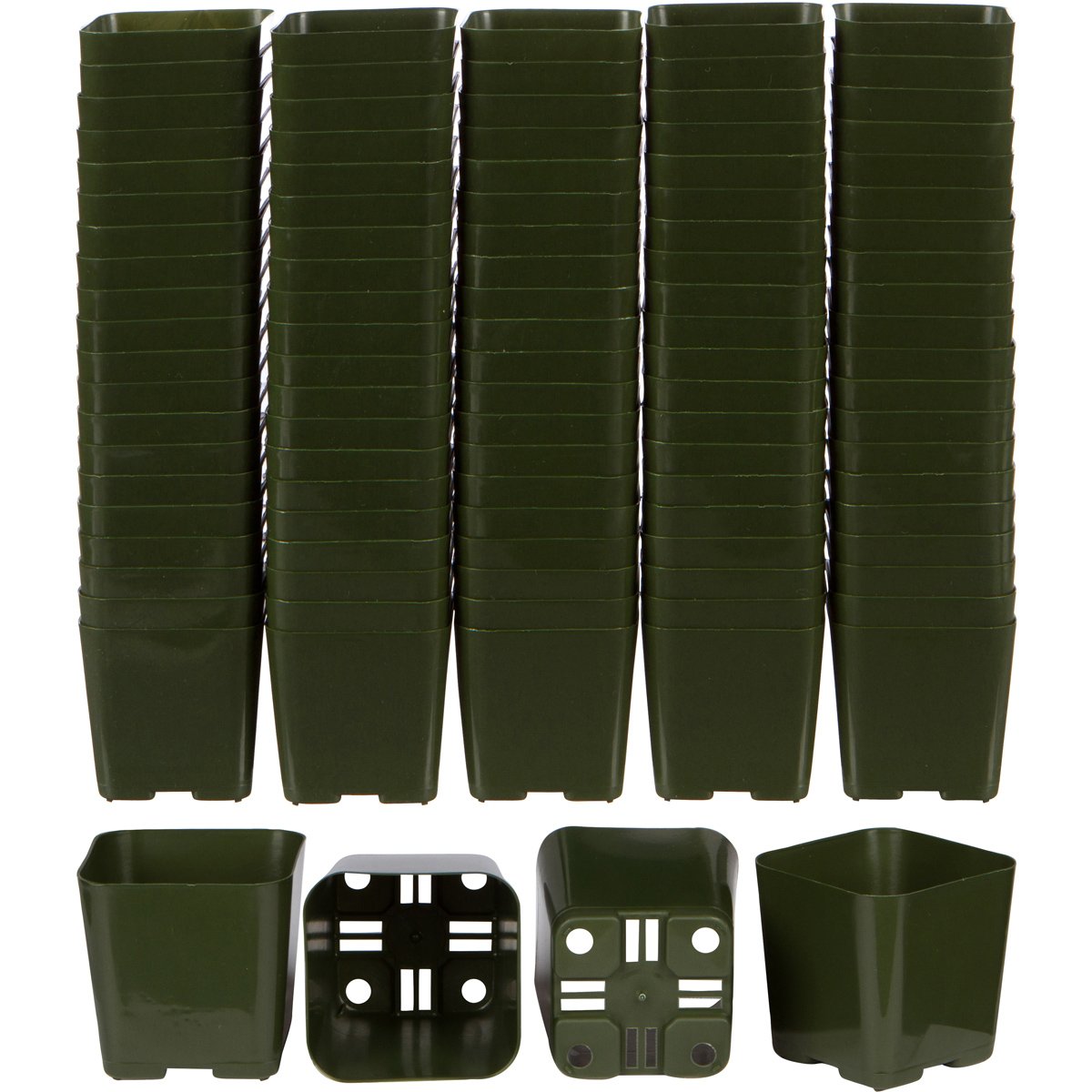
100 Plastic Nursery Pots!

Squirt Bottles
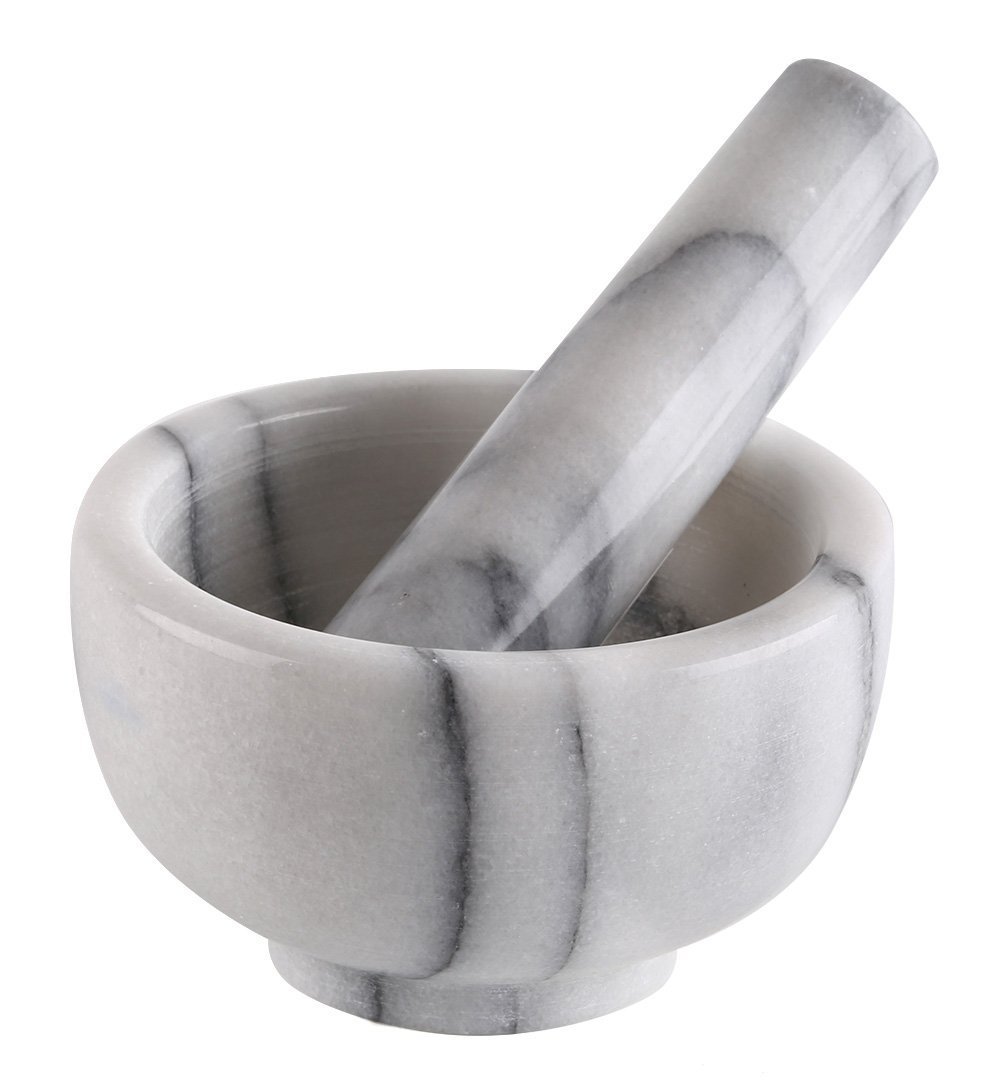
Mortar and Pestle
